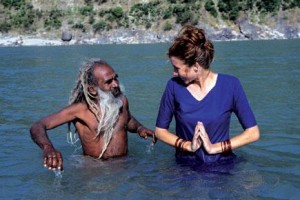I find that somehow, by shifting the focus of attention,
I become the very thing I look at,
and experience the kind of consciousness it has;
I become the inner witness of the thing.
I call this capacity of entering other focal points of consciousness, love;
you may give it any name you like.
Love says “I am everything”. Wisdom says “I am nothing”.
Between the two, my life flows.
Since at any point of time and space I can be both
the subject and the object of experience,
I express it by saying that I am
both, and neither, and beyond both.
Nisargadatta Maharaj
http://mysticson.blogspot.de/2010/04/focus-of-attention.html





